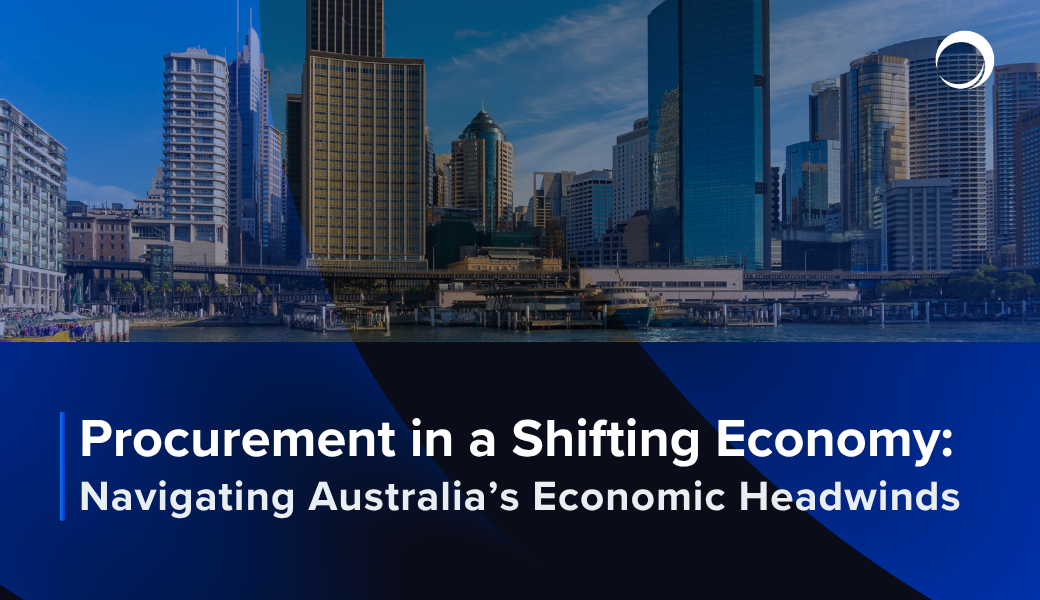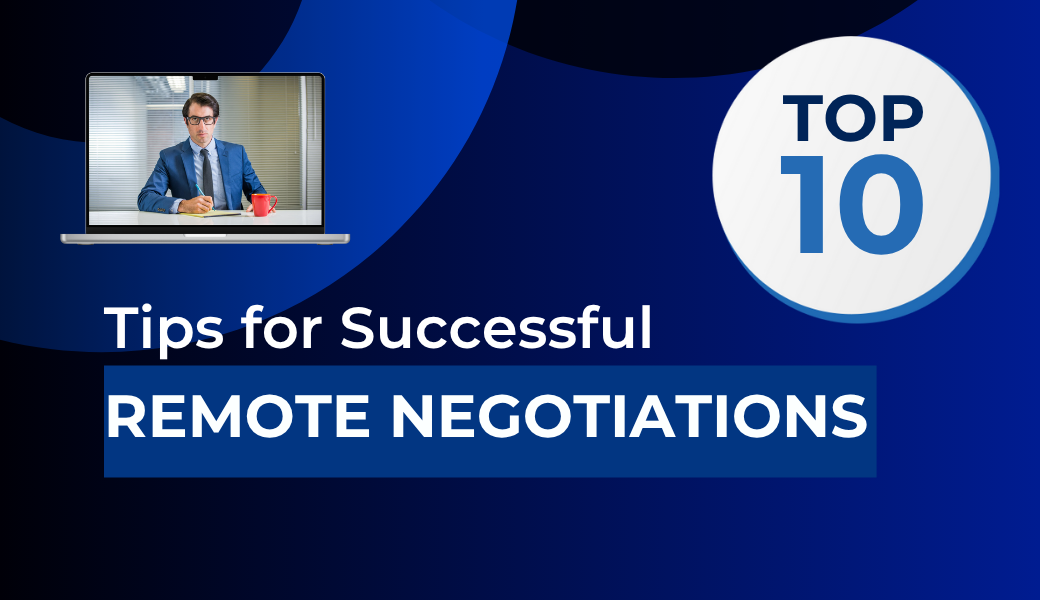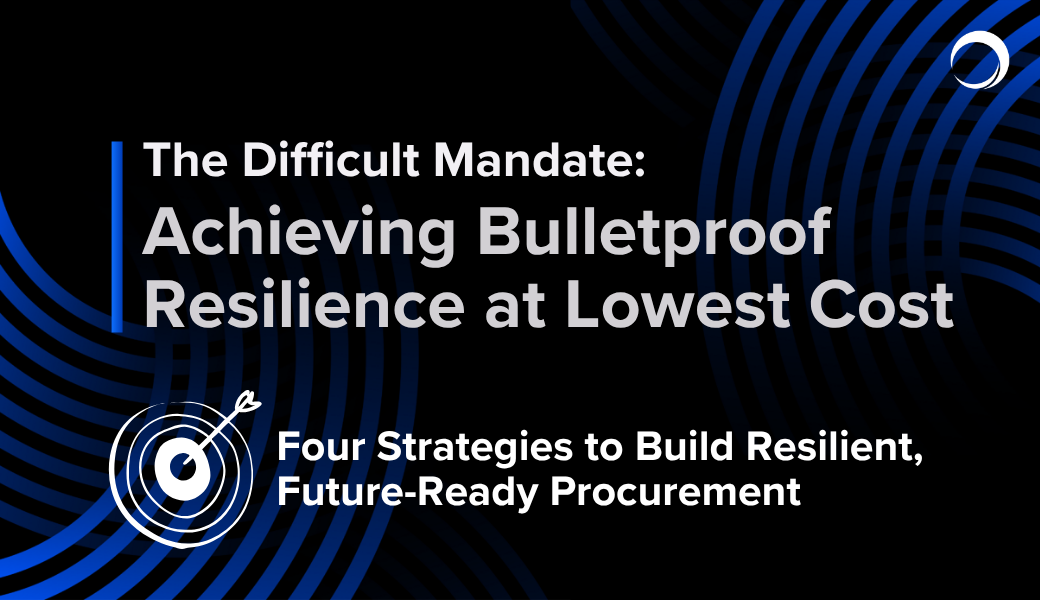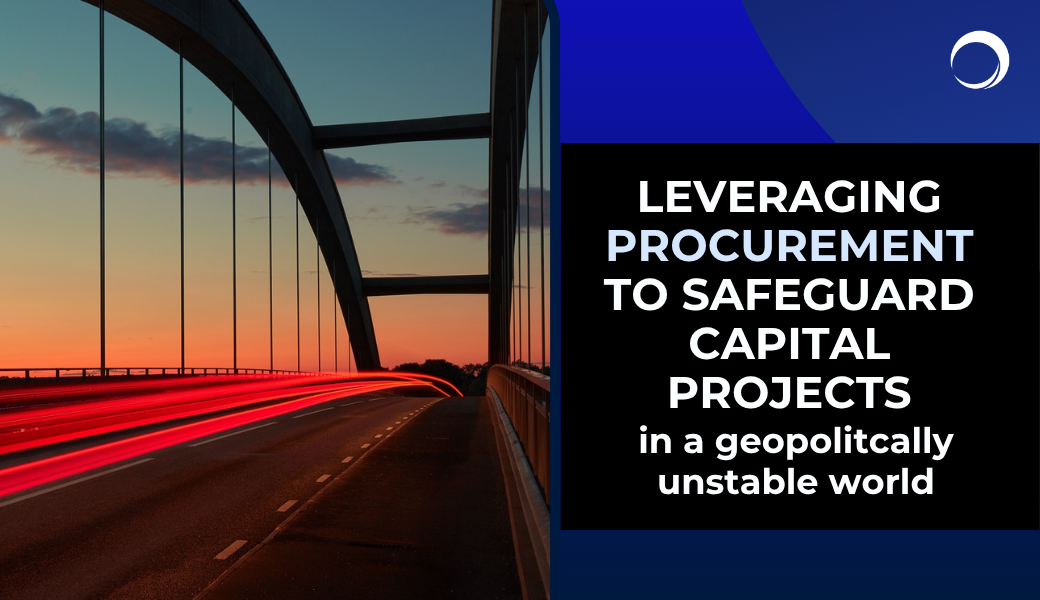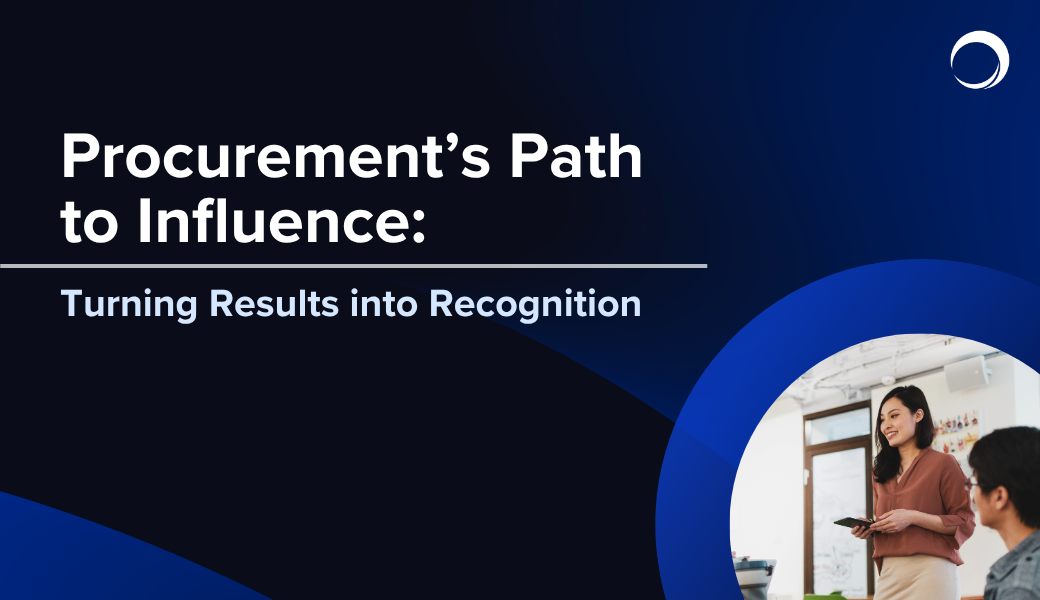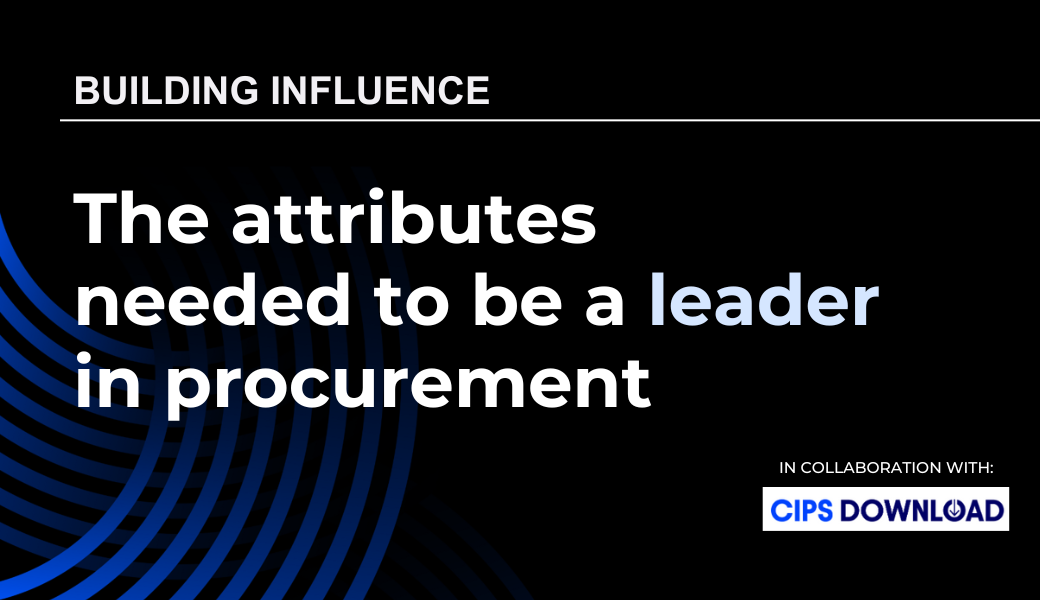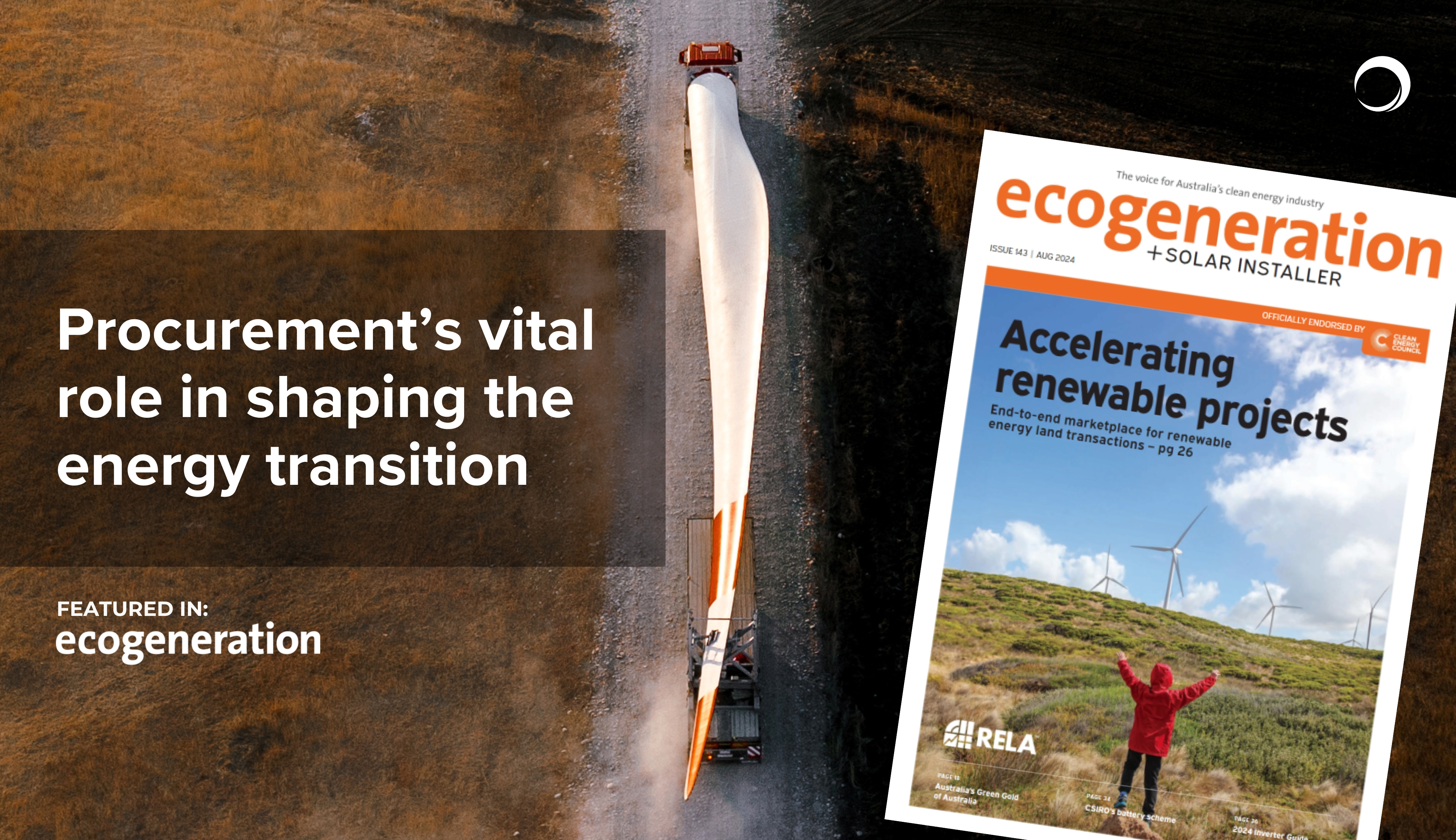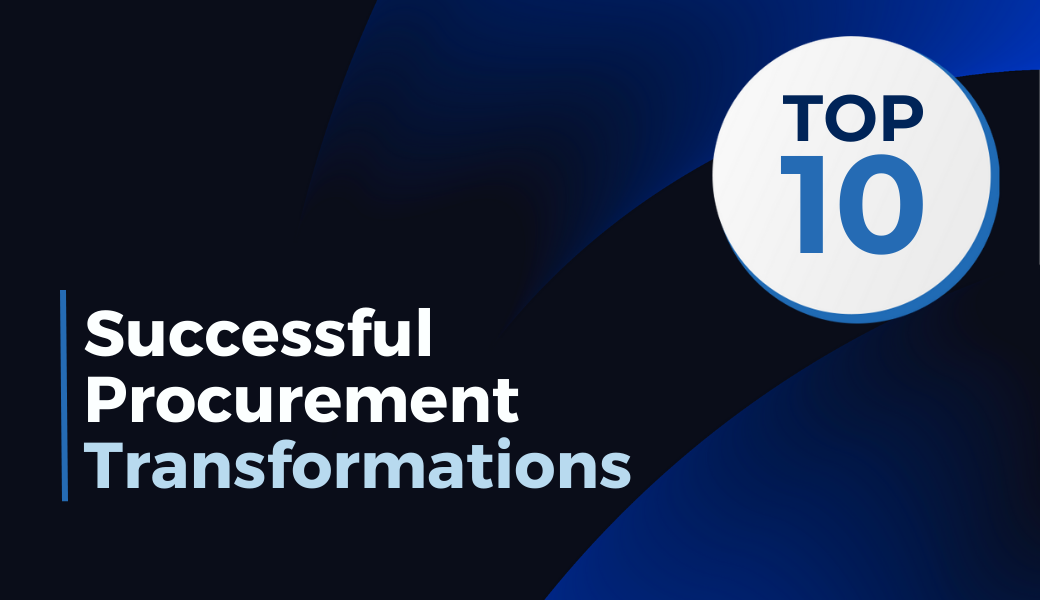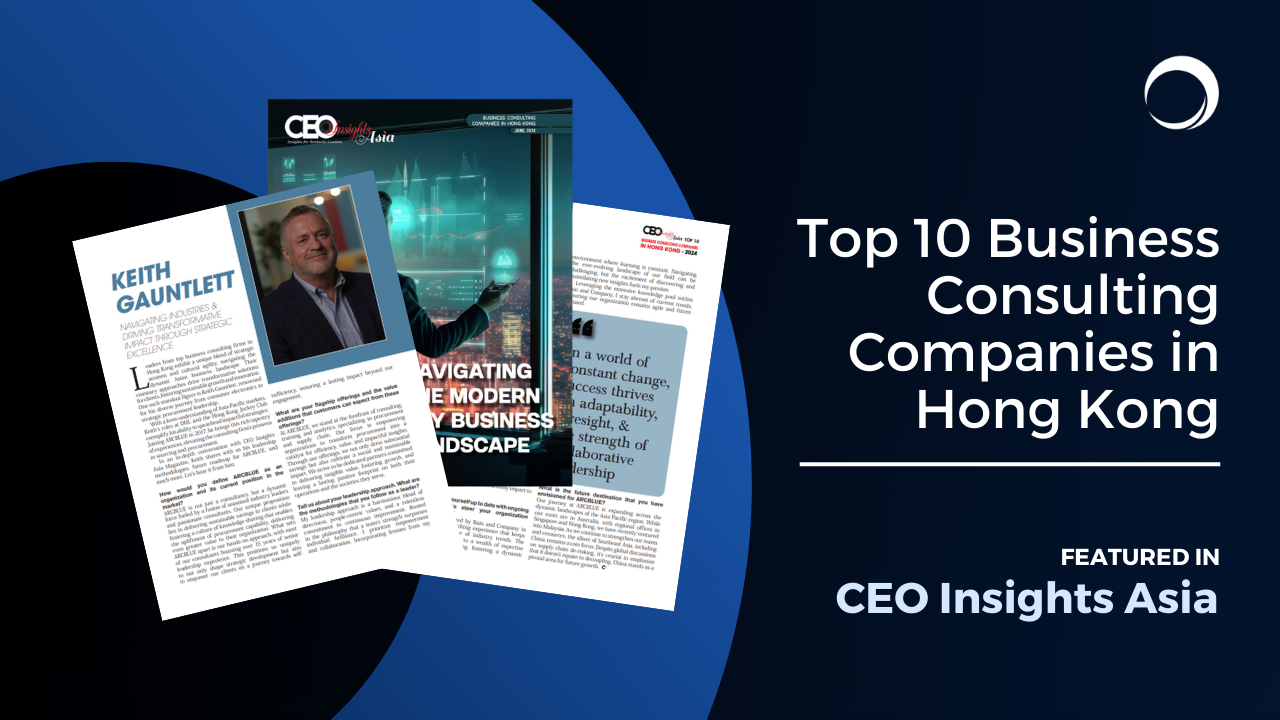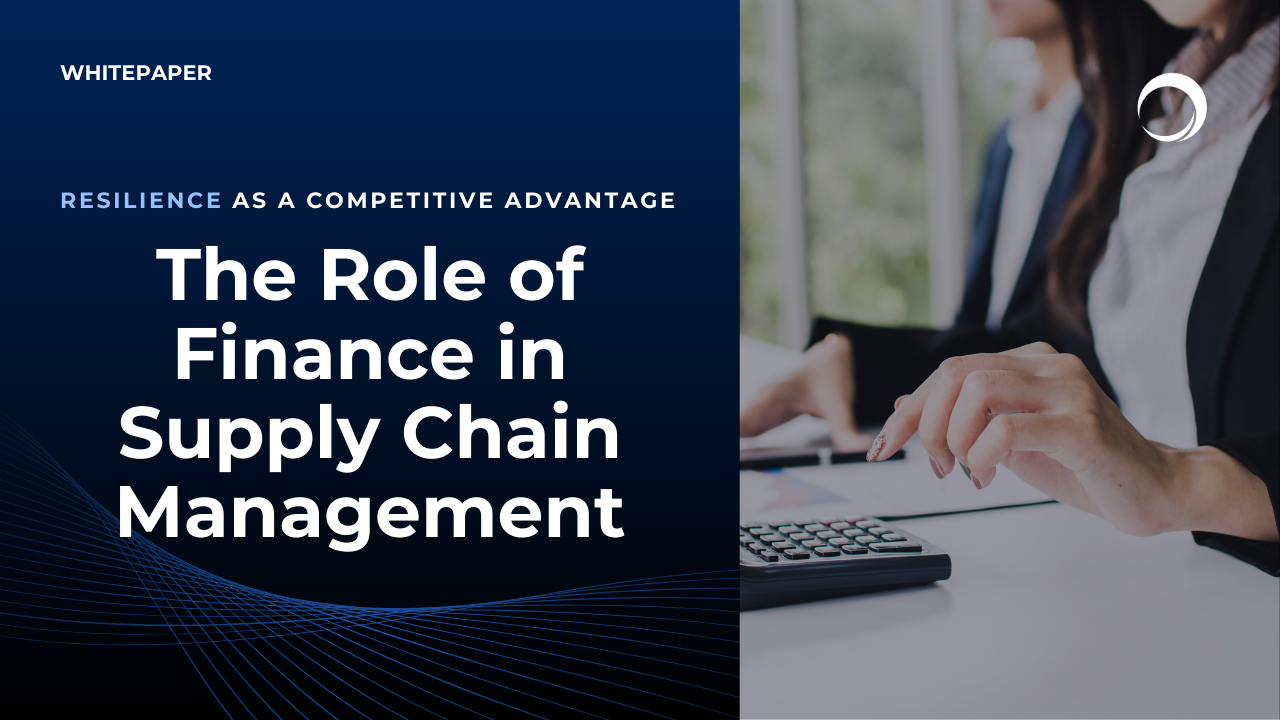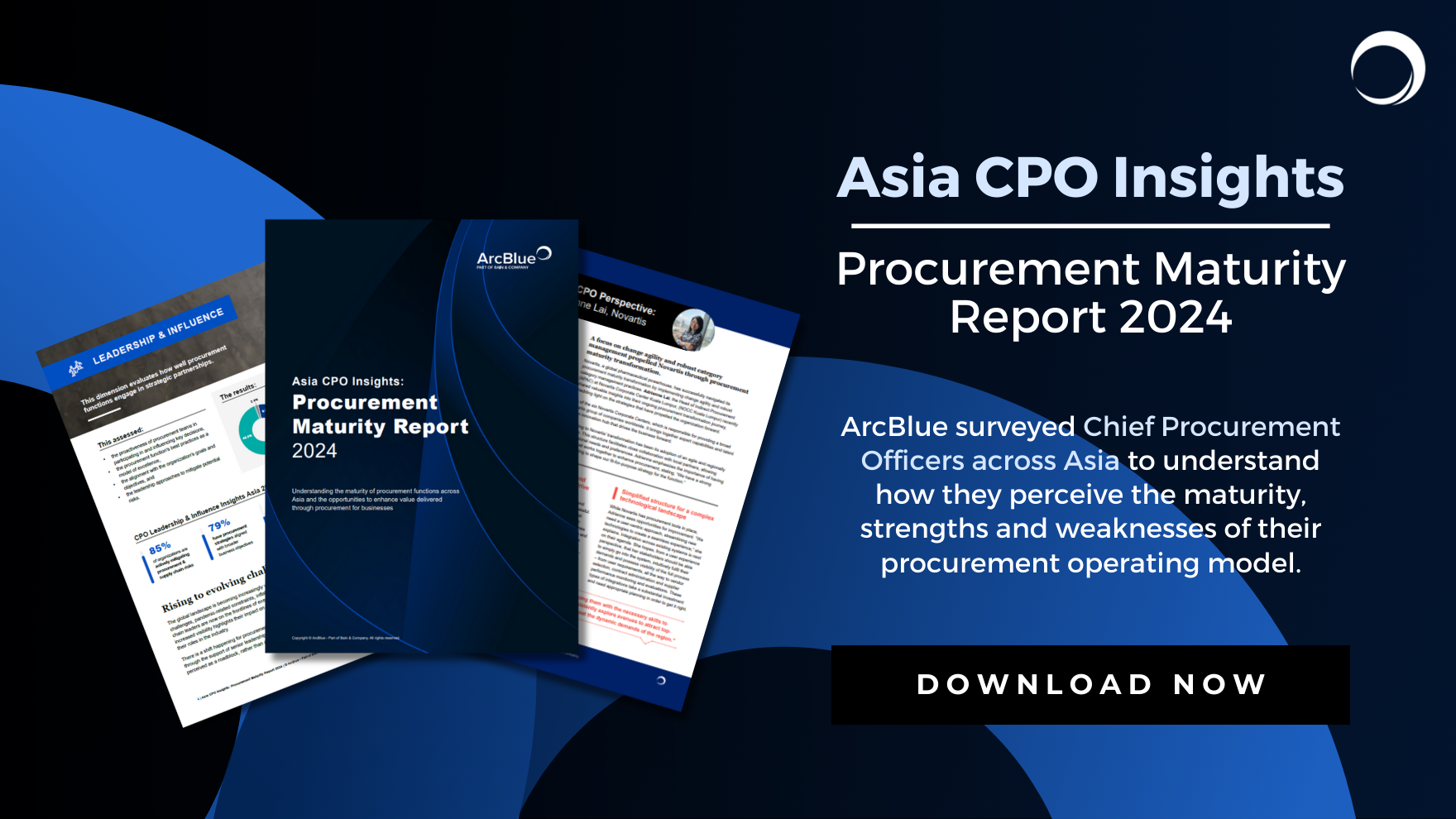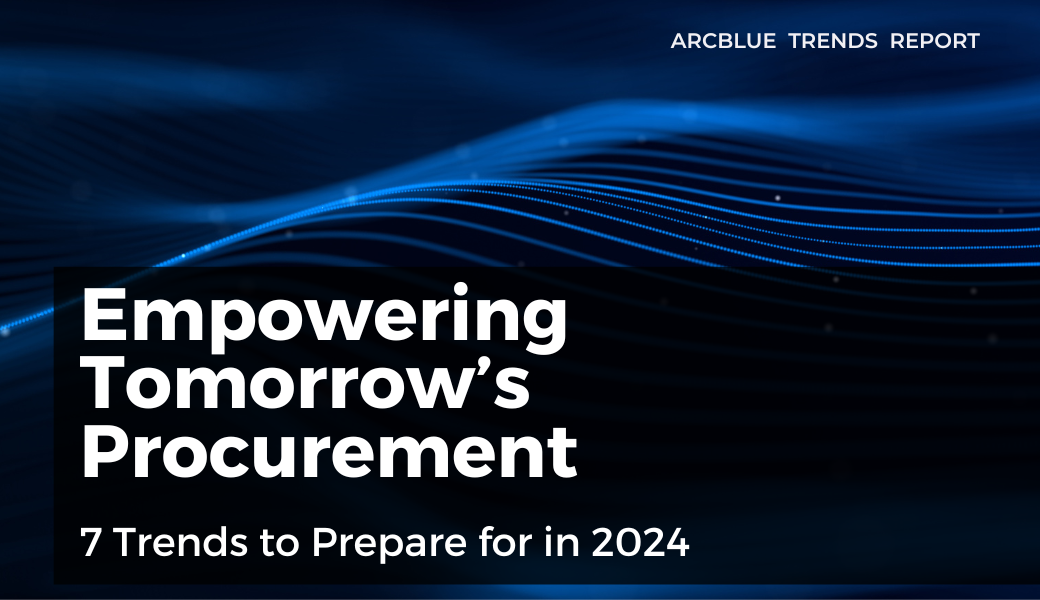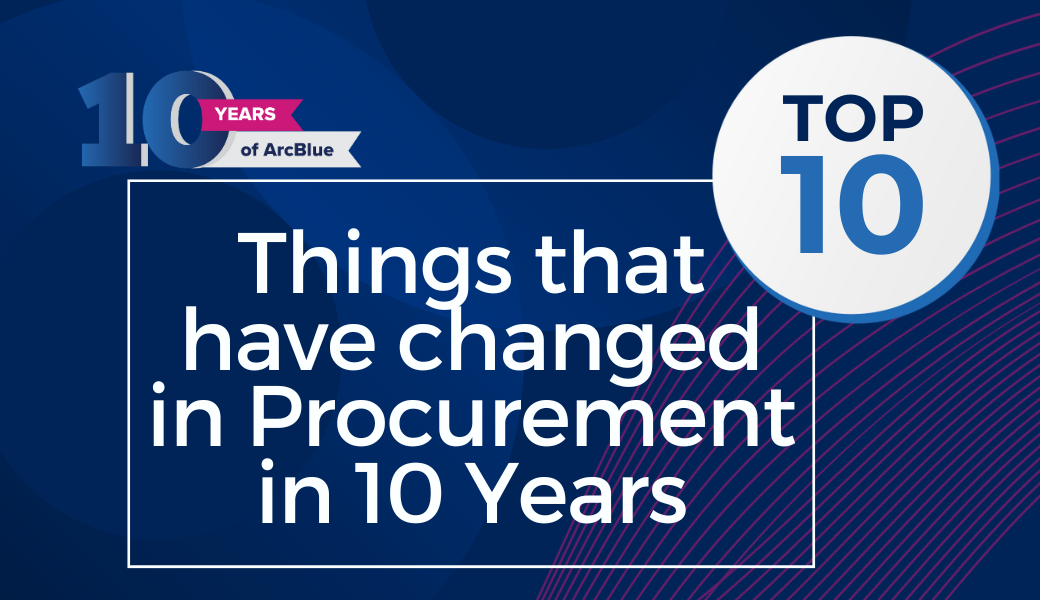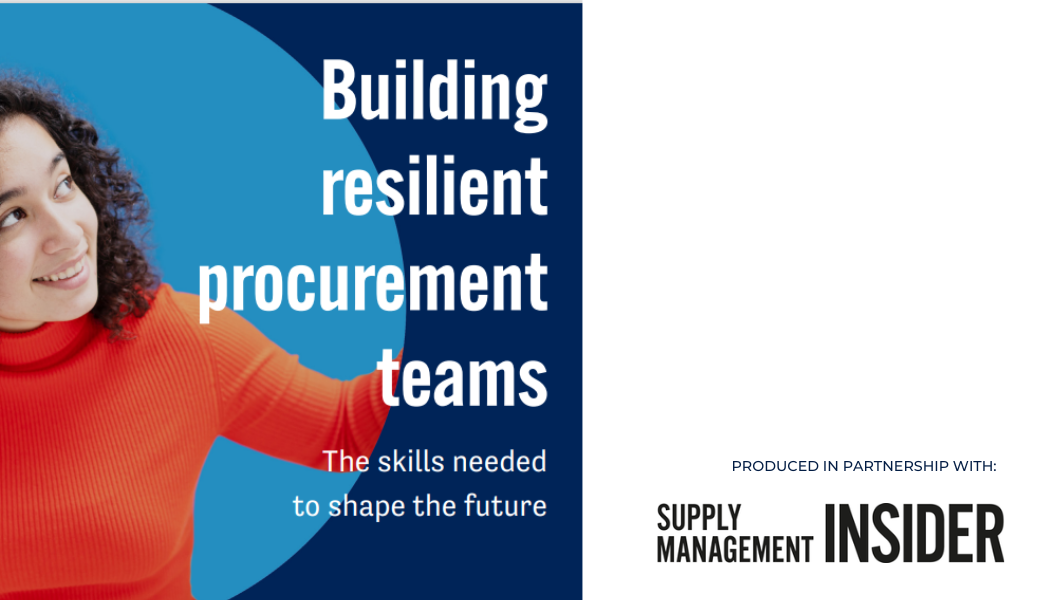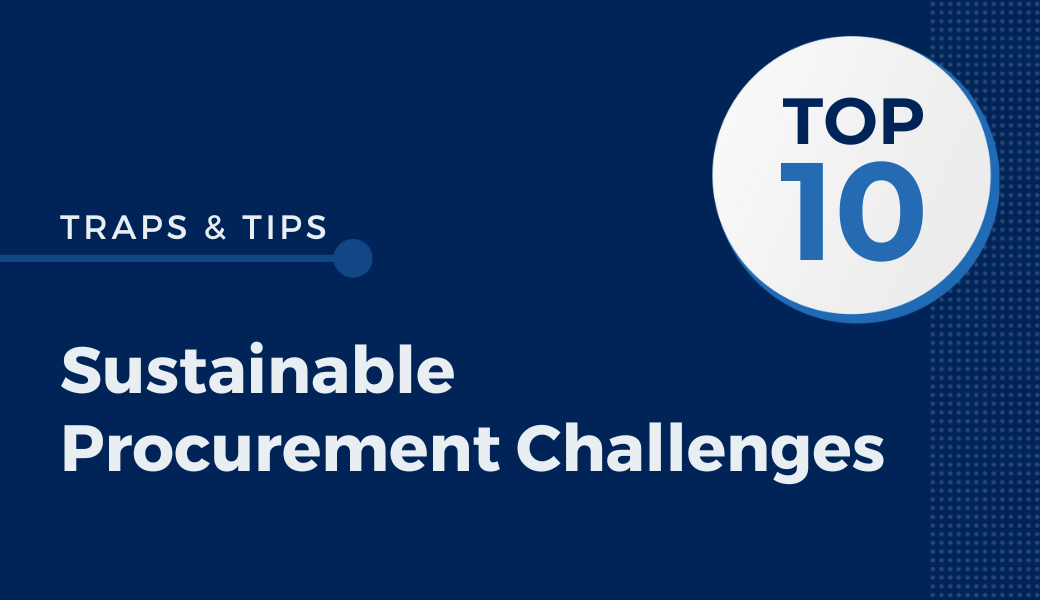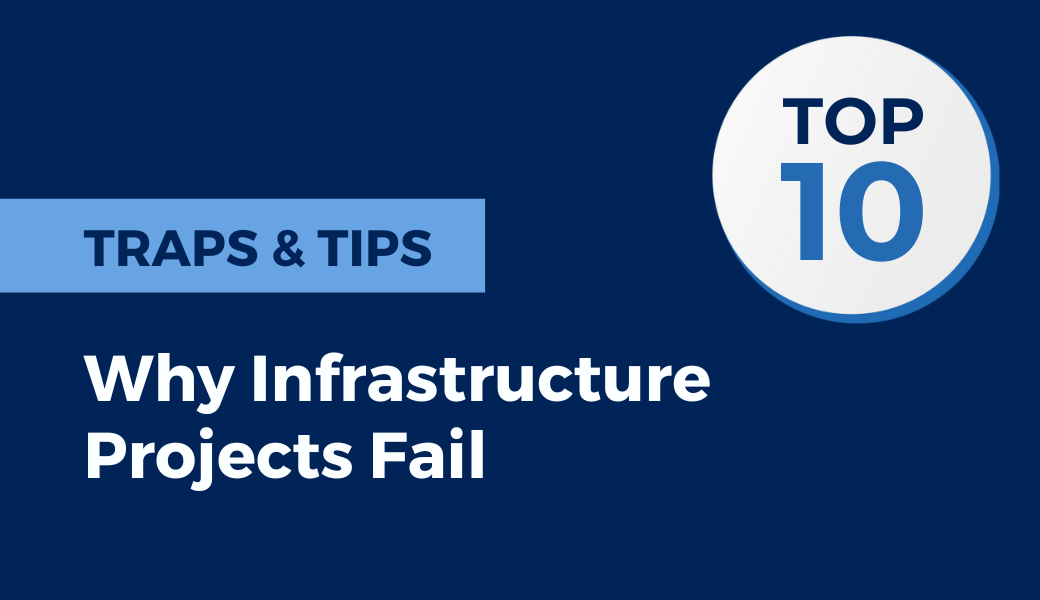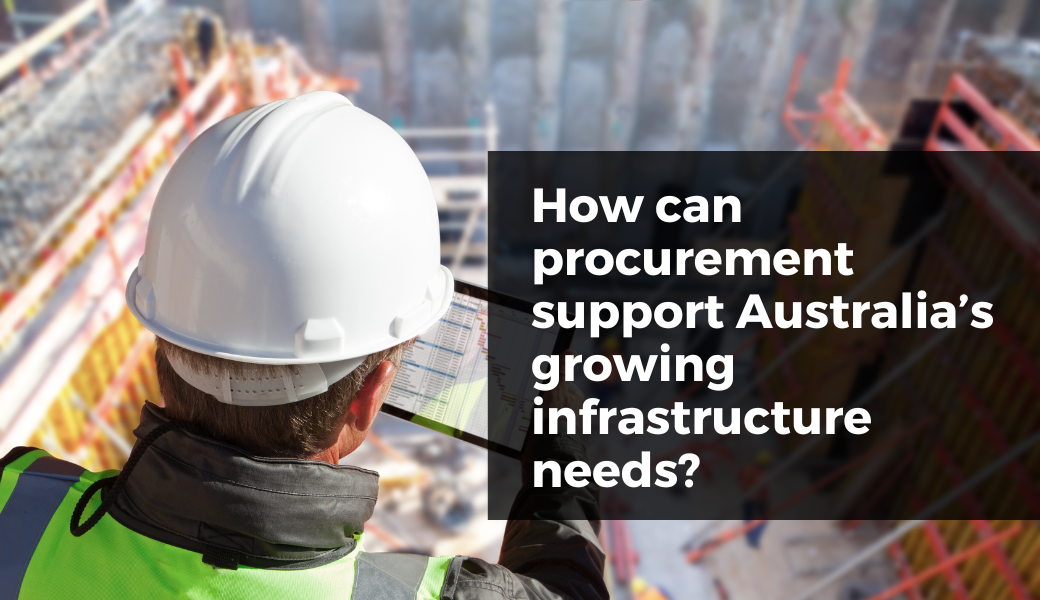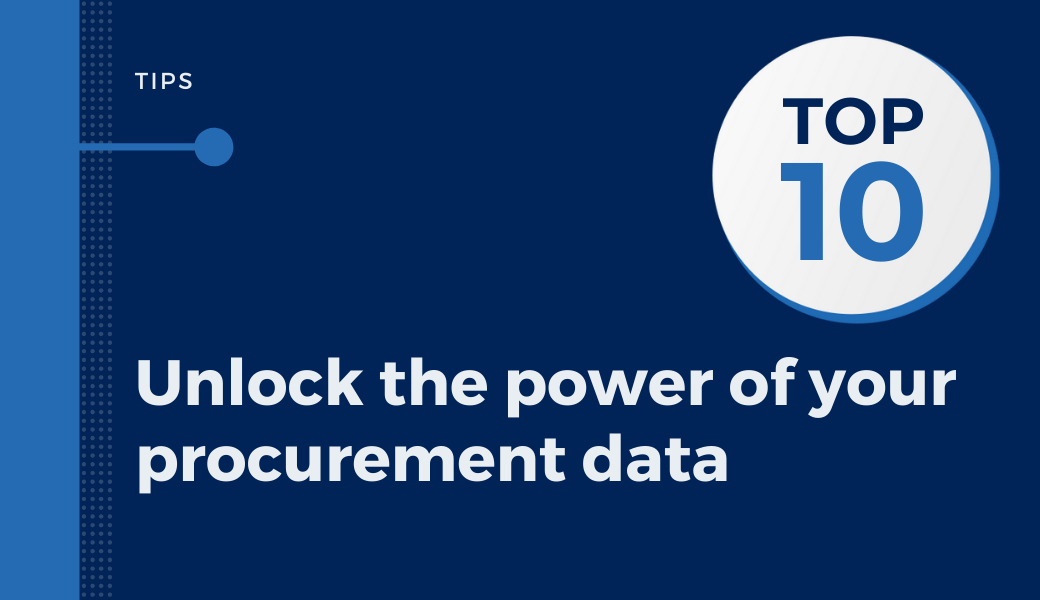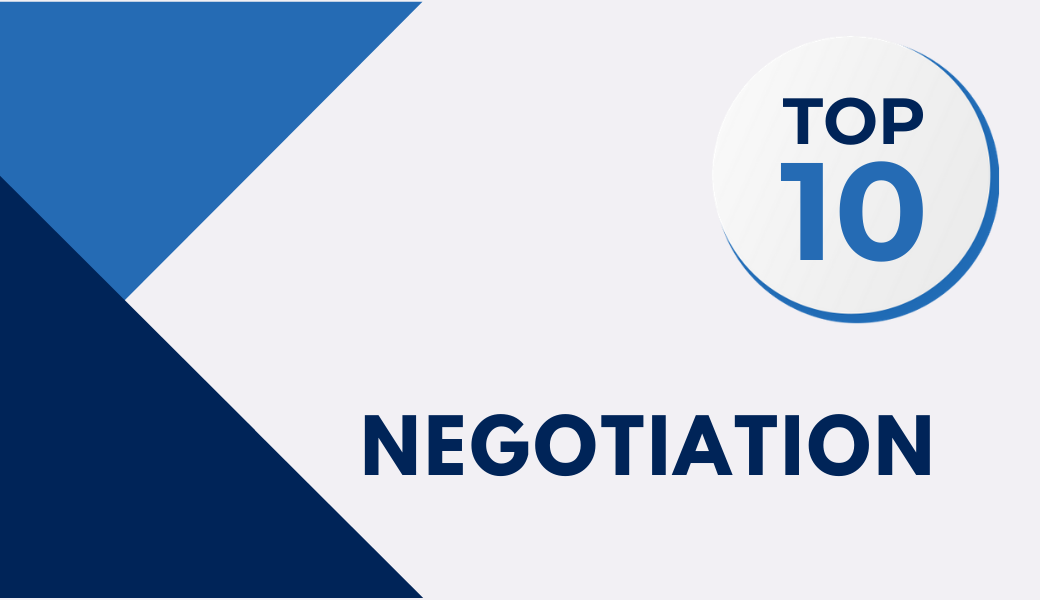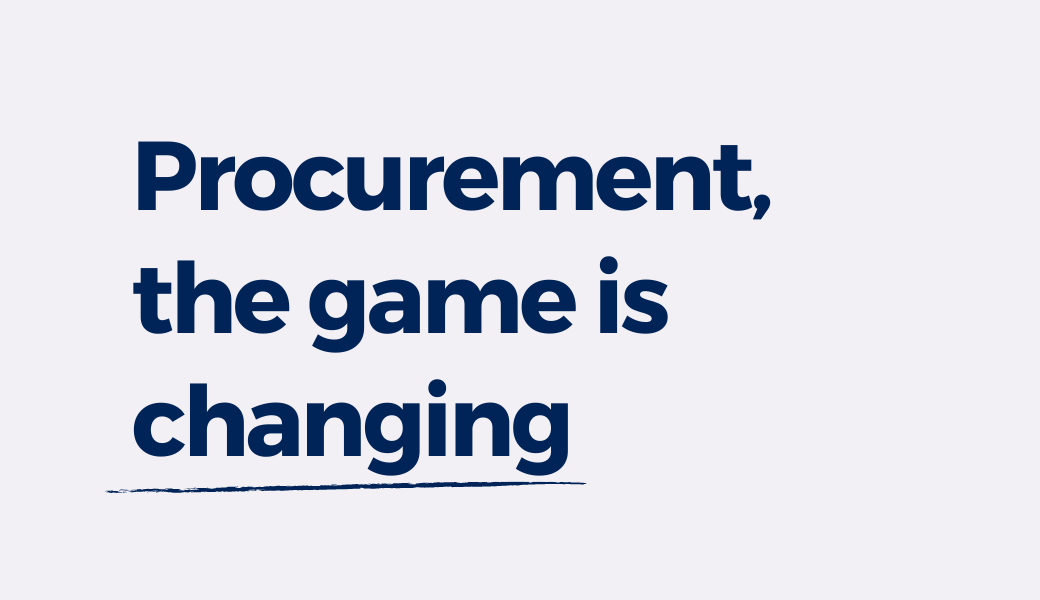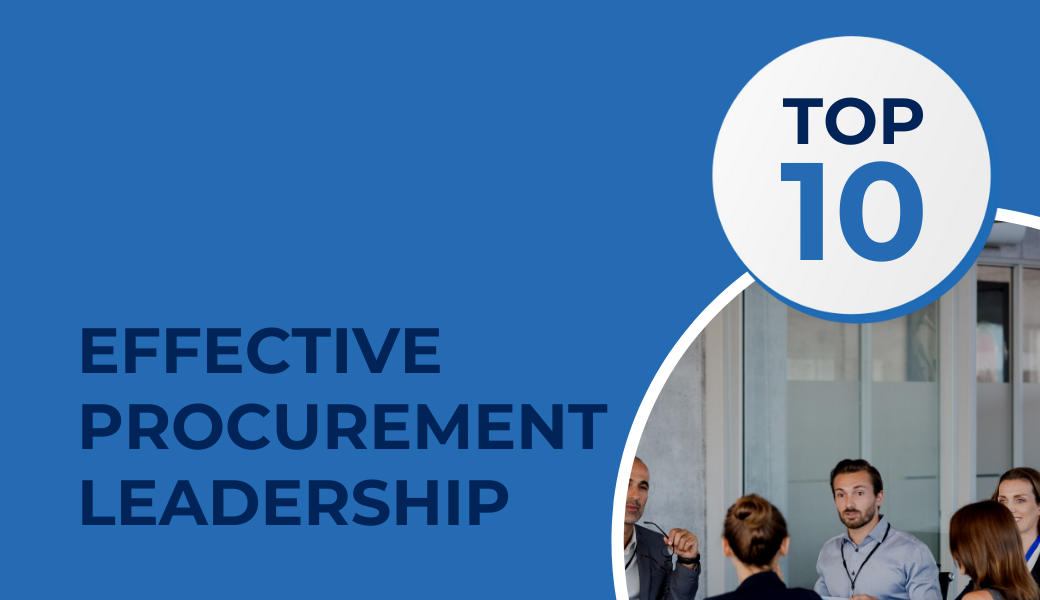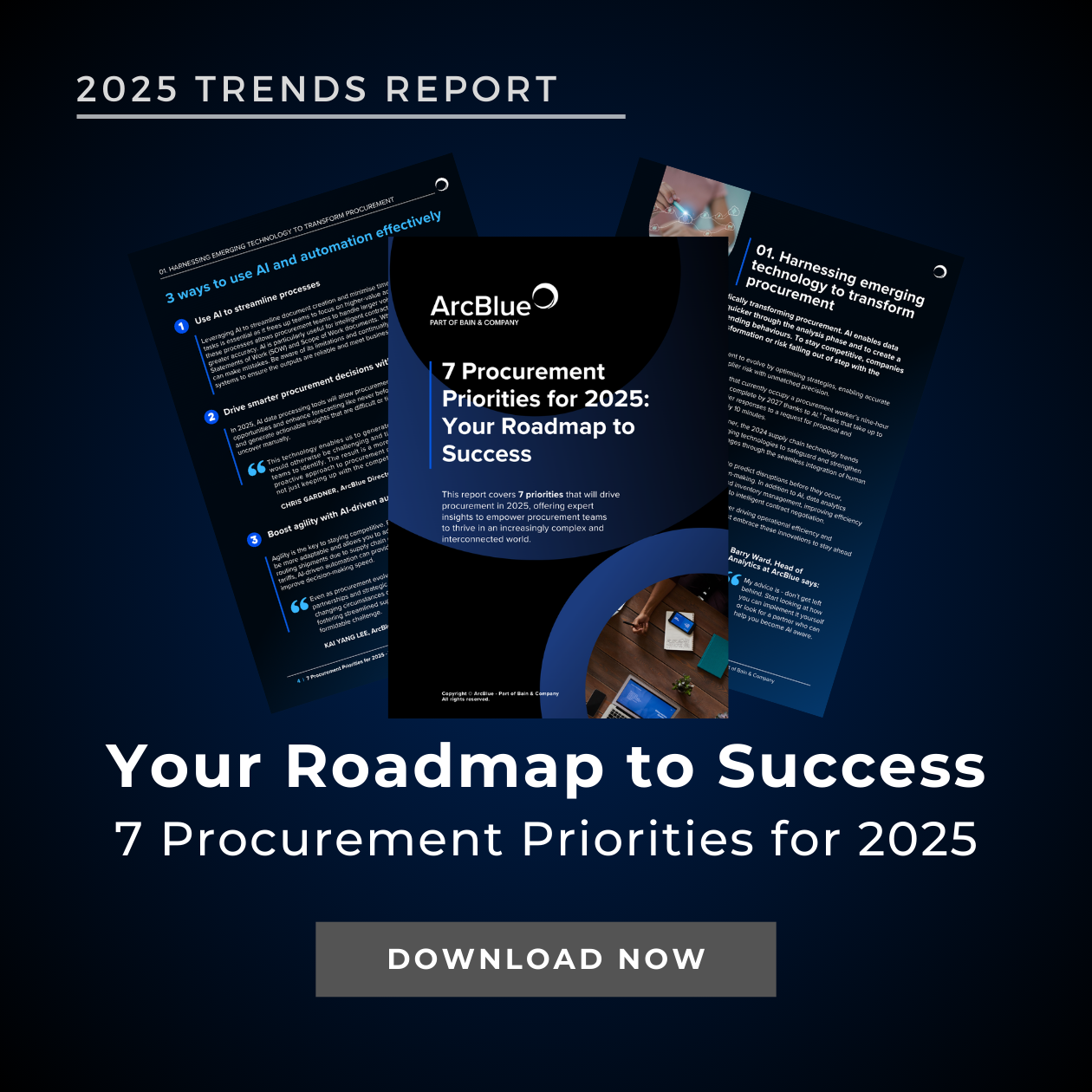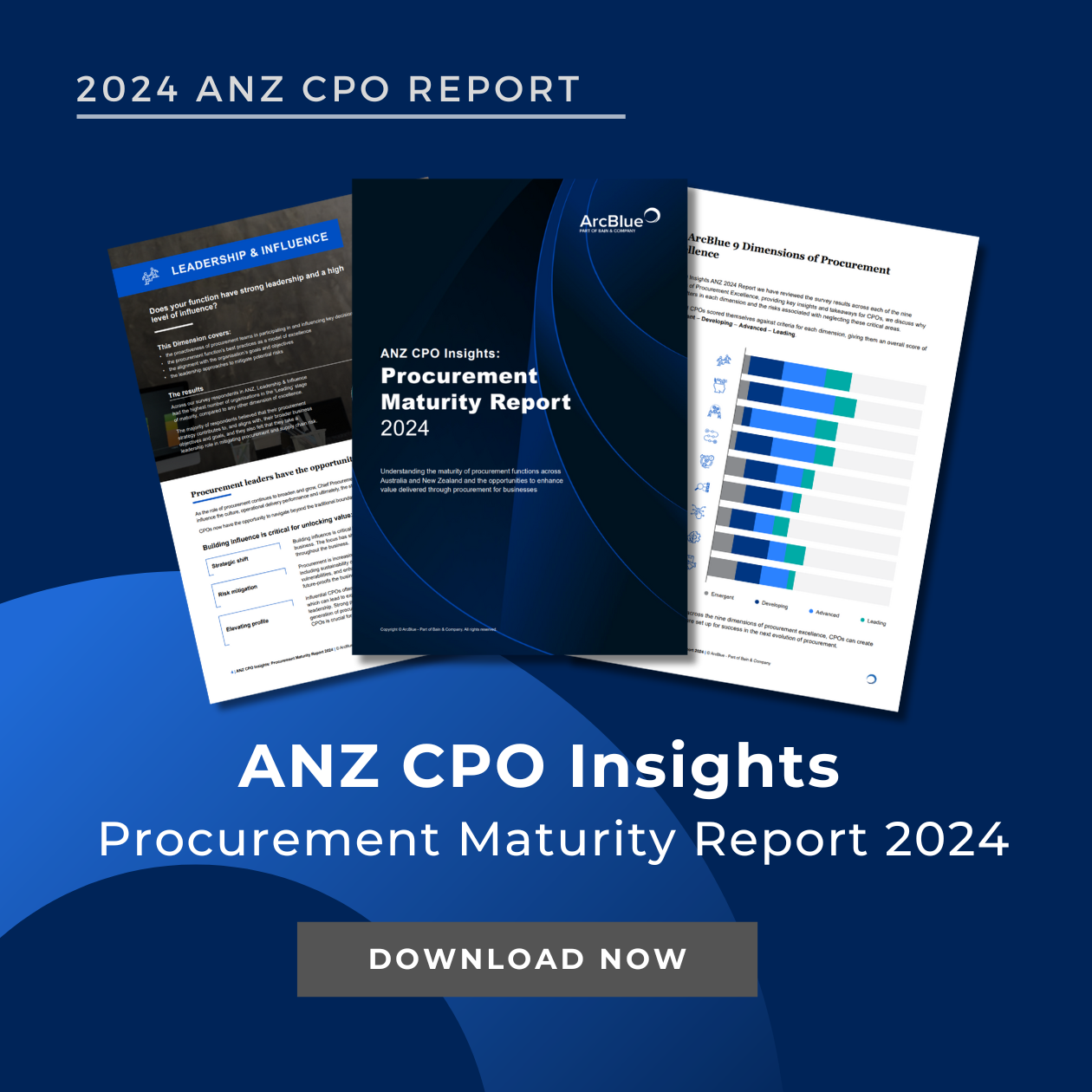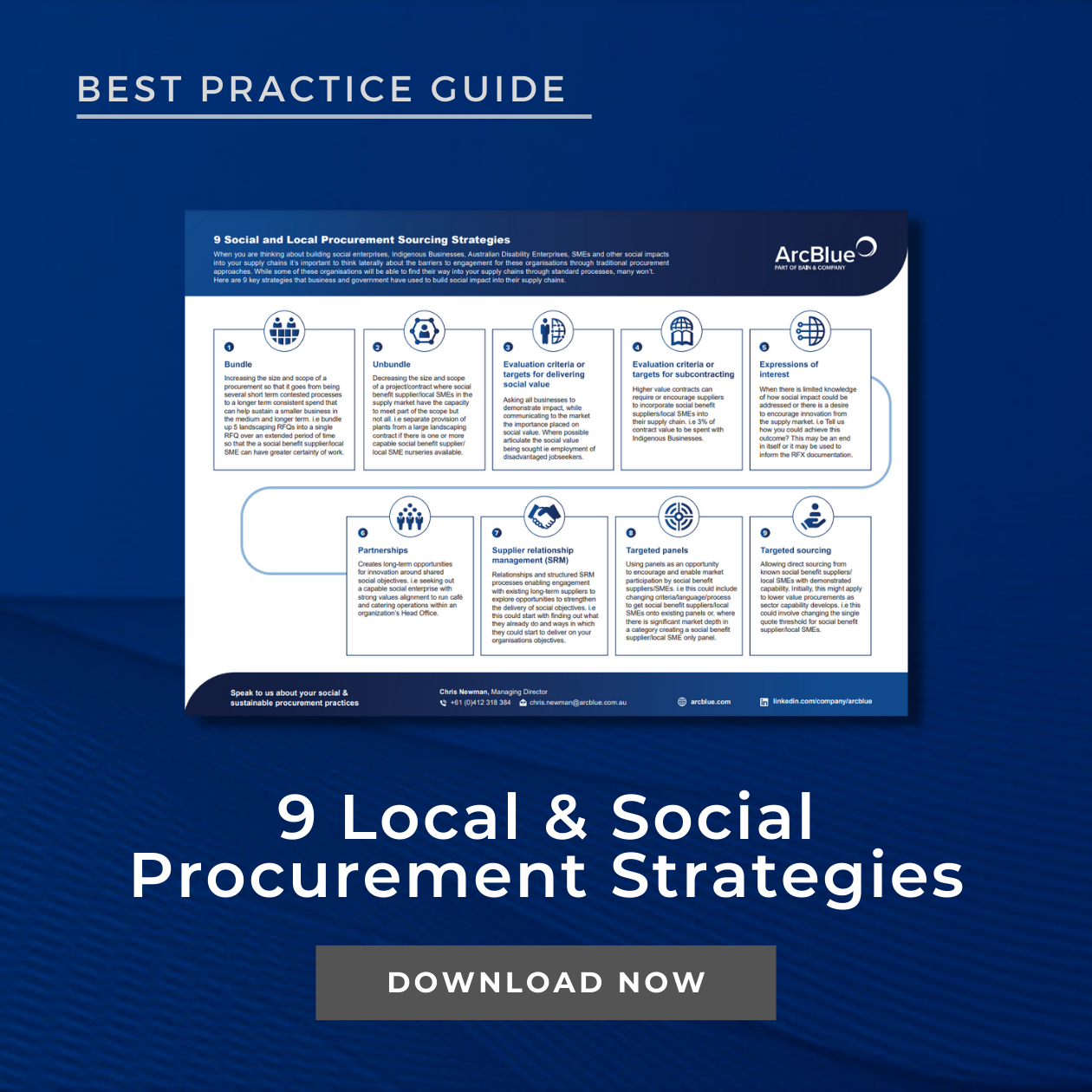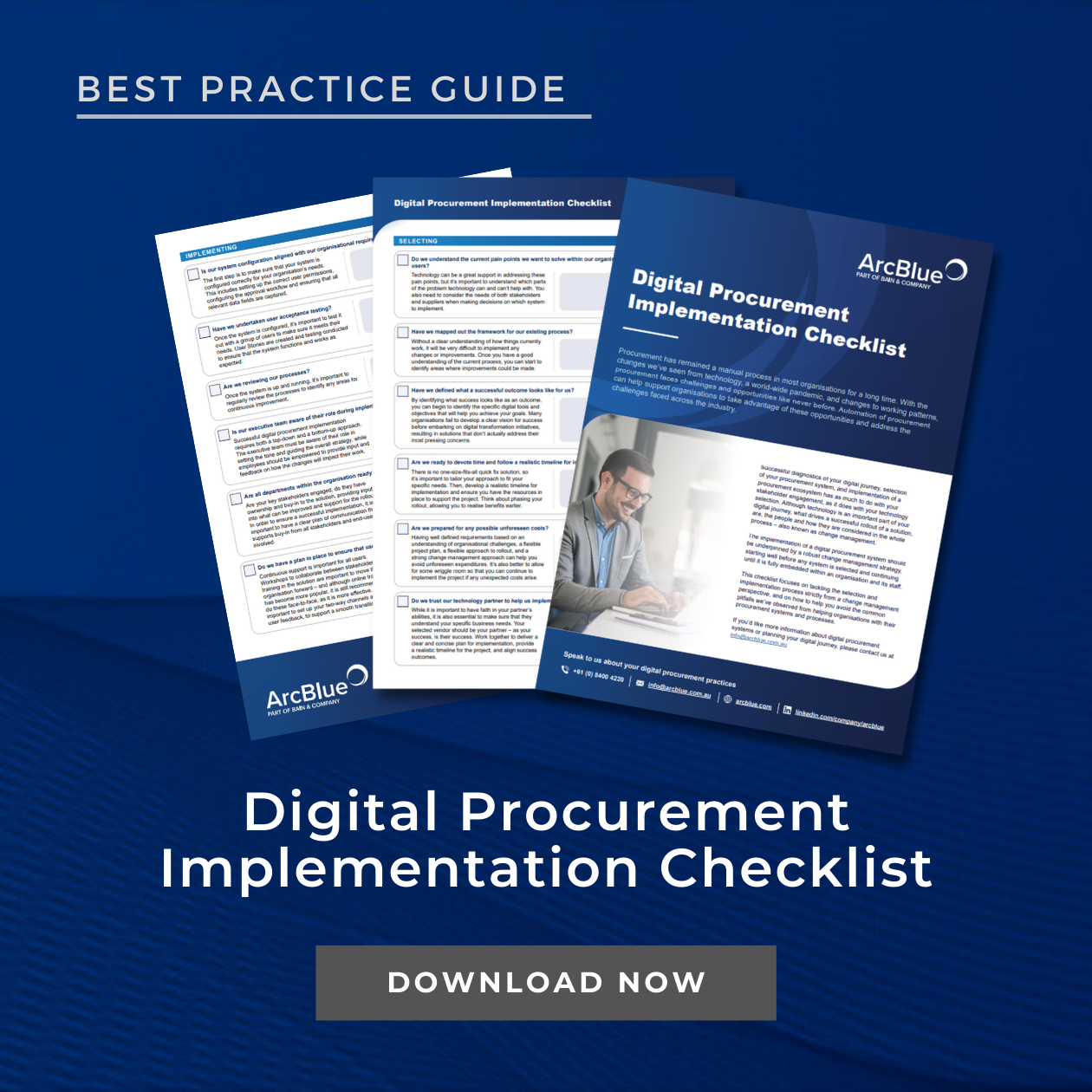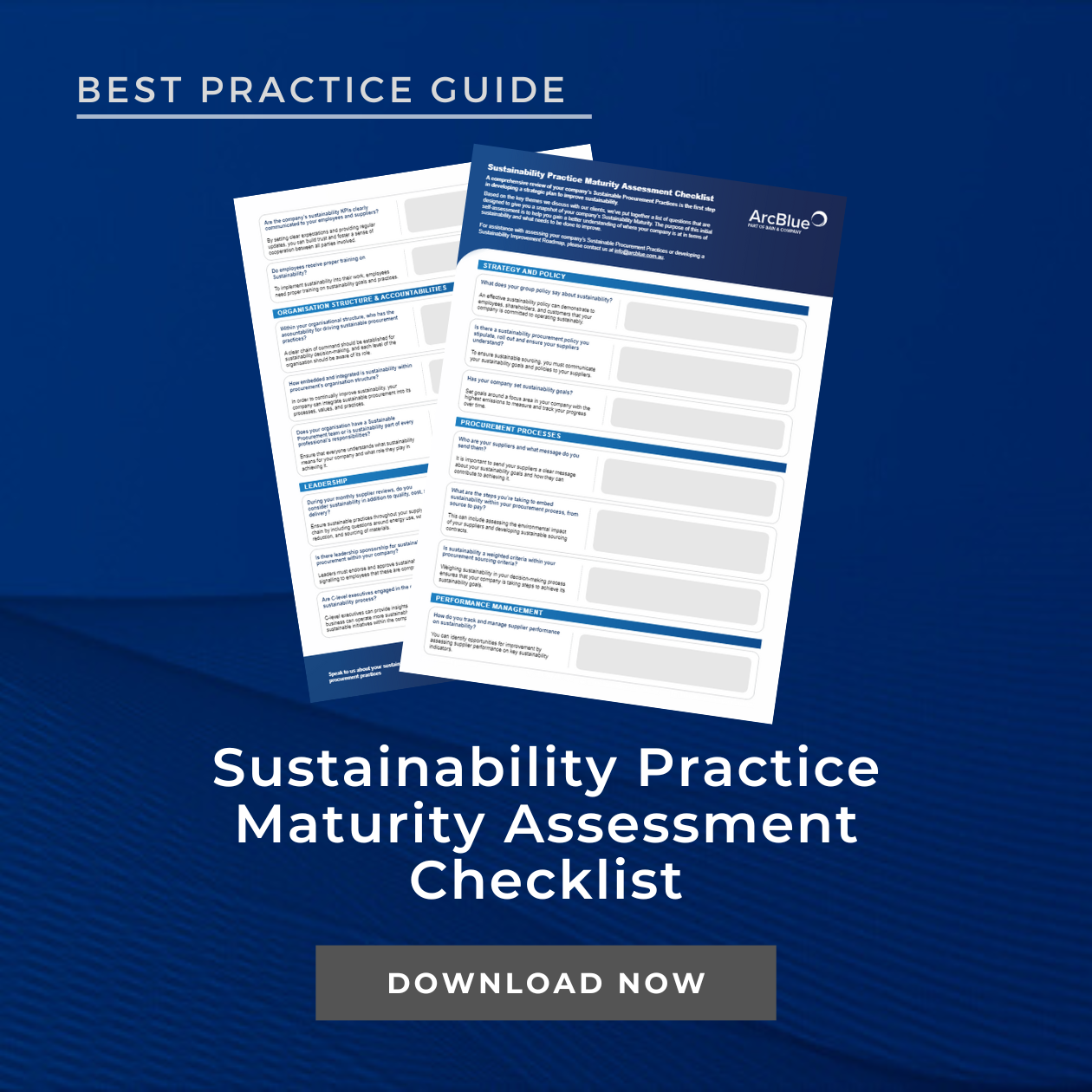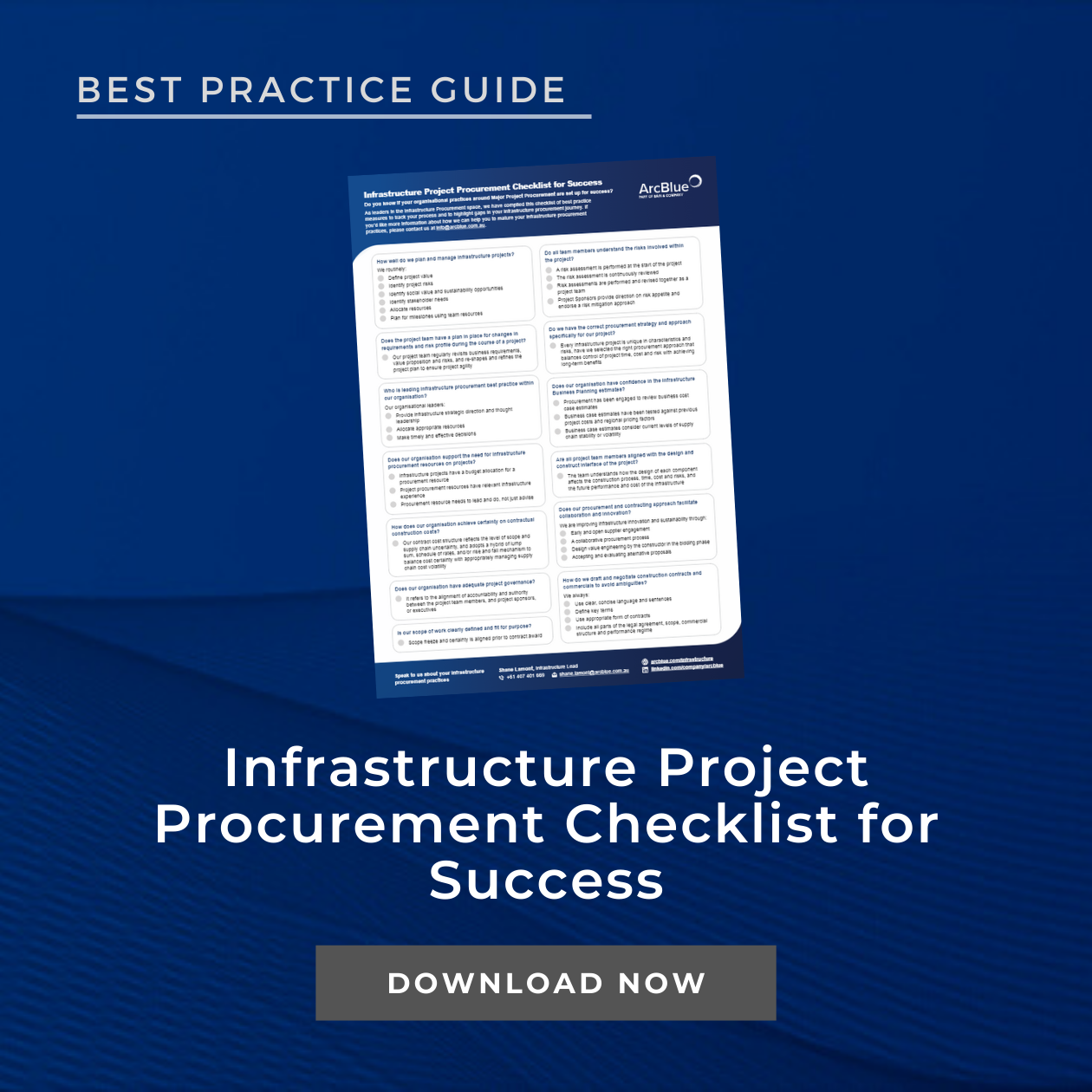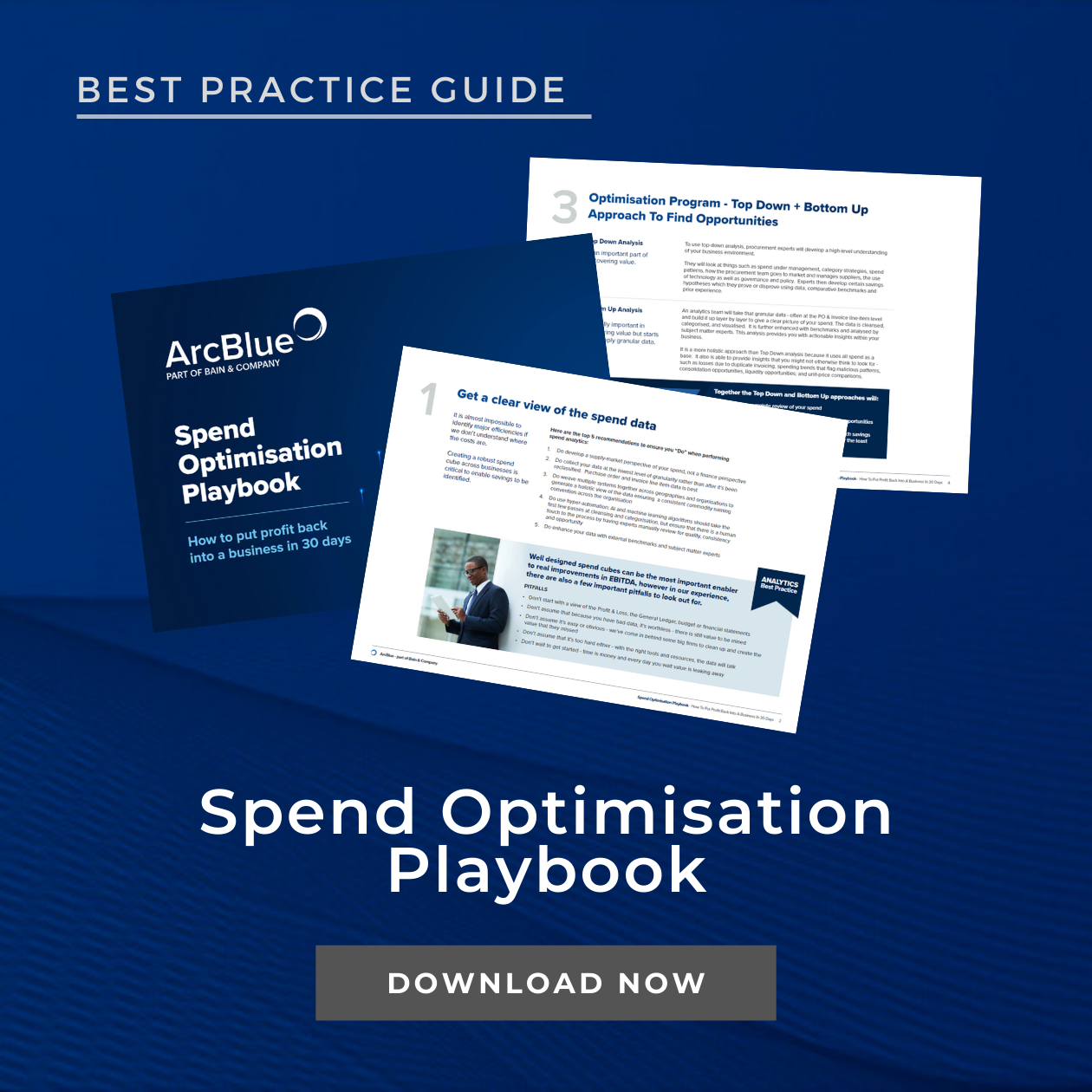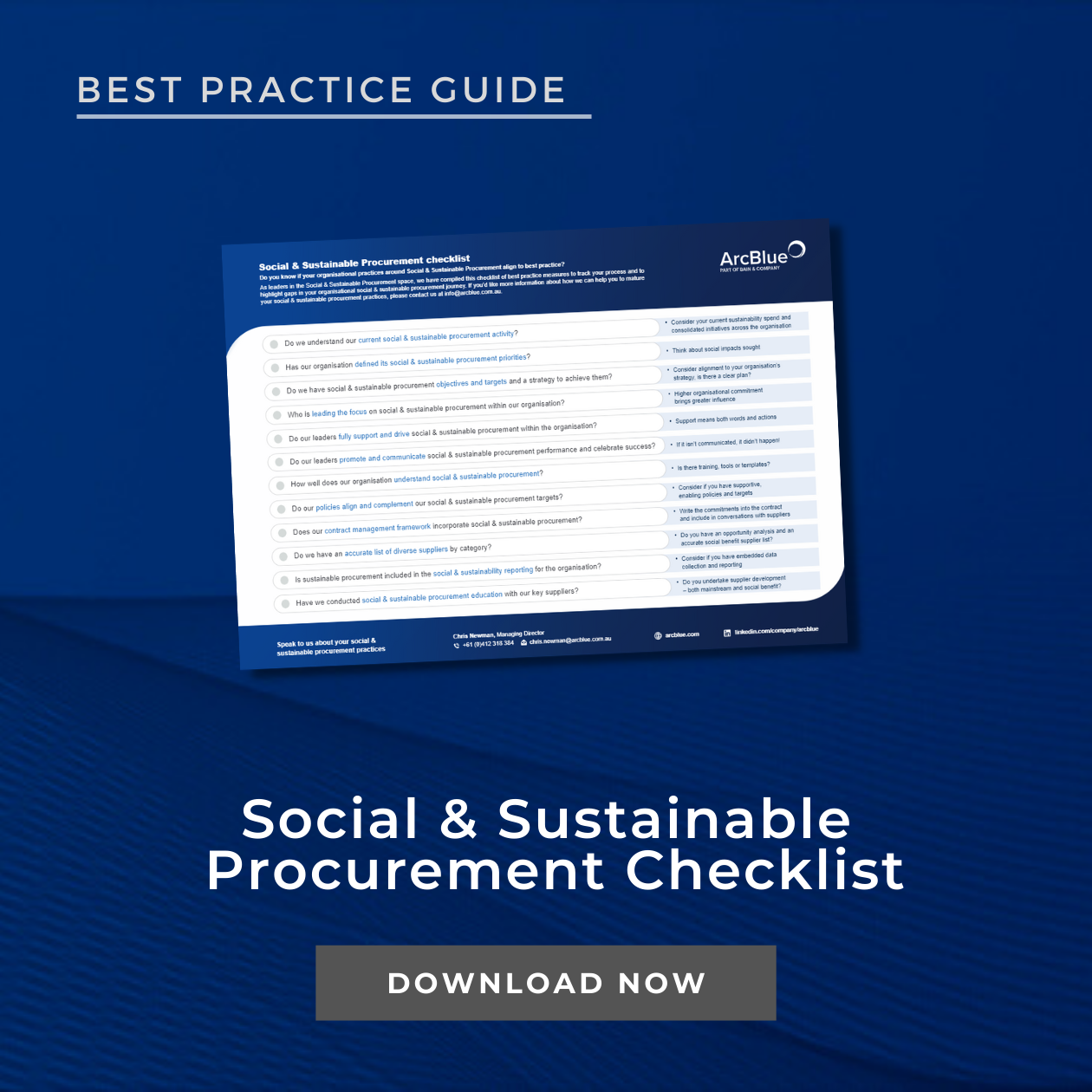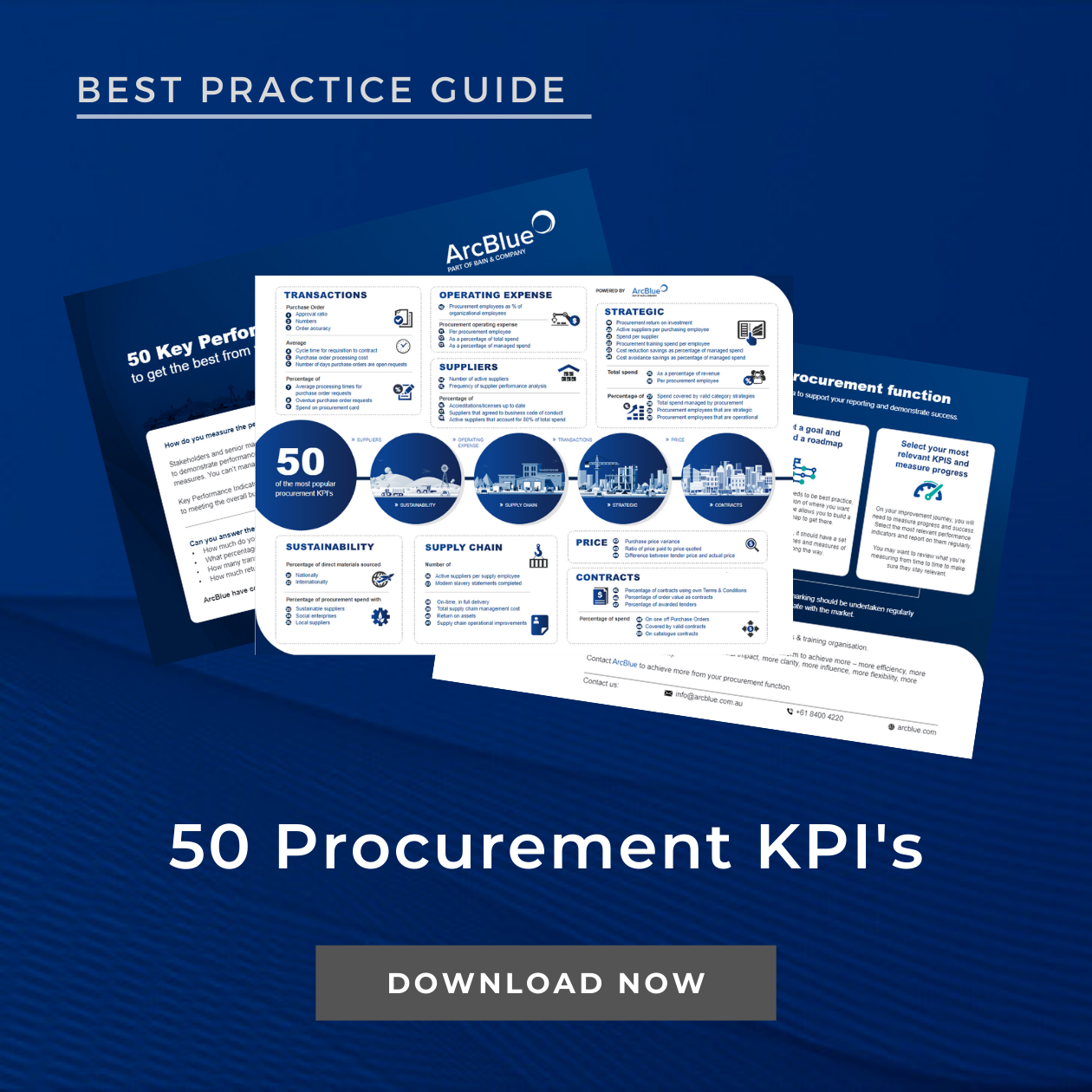- TOP 10 LIST
TOP 10:
Things that have changed in Procurement in the last 10 Years
September 2023
As ArcBlue celebrates it’s 10 Year anniversary operating across Asia Pacific, we took some time to reflect on the changes we’ve seen to the procurement function over the last decade.
In many ways 2013 doesn’t feel that far away, however the changes we’ve seen to the business environment have been significant. Let’s take a trip down memory lane…
In 2013 in Asia Pacific we were recovering nicely from the shocks of the Global Financial Crisis, but were still seeing financial strains globally with the European debt crisis at this time. Inflation here in Australia sat at around 2.4% compared to today’s 8% averages. Interest rates here were sitting around 3% at their highest, compared with our current 4.1%.
But it wasn’t all easy – we had supply chain shocks, Avian Flu disruptions and most importantly – a global coffee supply shortage!
The last 10 years has also seen a huge influx of emerging technologies, not just in business but in all aspects of our lives. Social media was rapidly advancing however TikTok didn’t exist, Zoom was a new technology and video conferencing still largely unutilised in most organisations who predominantly worked out of physical offices.
From our beginnings with a small team in a shared office in Melbourne to where we are now with offices across Asia Pacific and a team of over 150, so much has changed for ArcBlue, in procurement & supply chain and the world as we know it!
Here are the top 10 things we’ve noticed have changed in procurement in the last 10 years:
1 The way we work
Long before Covid changed the way we work, working from home and flexible working was still relatively uncommon in 2013. Procurement teams were based in the office which went hand-in-hand with more manual and often paper-based processes.
Being office-based, hard work was generally measured by hours put in and we’ve seen a real shift in workplace attitudes from a focus on hours of input, to a focus on output being delivered.
Hybrid work models and the globalisation of teams has enabled procurement to adopt different operating models within large, global or regional organisations.
2 Digital Transformation
It would be impossible to talk about changes seen in the last 10 years without addressing potentially the biggest – which is the adoption and advancement of digital procurement technology.
Our workplaces have seen a huge shift in the way we work which has been largely led by digital tools. Cloud-based, collaborative tools and communication apps have become essential for our hybrid and cross-regional workplaces.
From a handful of key procurement technologies in 2013 to the explosion of different tools and enterprise systems we see now, this has been a significant shift in the way we work in procurement and supply chain.
Procurement processes have become increasingly digitalised, with the adoption of e-procurement systems, cloud-based solutions and digital platforms for sourcing, supplier management, and contract management. This has enabled organisations to reduce the noise of manual processes and free up time for procurement to tackle more strategic issues and be more customer-centric in the way they work.
More recently, AI, automation, robotics and blockchain are opening up new opportunities in the procurement technology space however for most organisations, every day use of these is still a future opportunity.
3 Procurement’s evolving role
Procurement has always been evolving – when I started in the function (some 25+ years ago!!) the profession was hardly recognisable to what it is today. In many organisations, procurement has evolved from a back office function to a strategic business partner that contributes to overall company strategy, driving innovation, value creation, and competitive advantage.
The evolution has really accelerated over the last few years – pandemic and related supply chain shortages and delays really shone the spotlight firmly onto procurement and supply chain, and the significance of it’s role in keeping businesses operating. Suddenly boardrooms globally were taking notice of how agile, innovative, responsive and resilient their procurement and supply teams were – or not!
Conversations have moved on from cost, process & compliance – to how procurement can enable the strategic direction of the business.
4 Sustainability, ESG & Social Procurement
It’s been truly inspiring to watch the adoption of Sustainability and broader ESG principles into procurement and supply chain. Adding an additional value lever to the way we spend money to be able to help society as well as the environment is a really inspiring and positive change that we’ve seen really taking off in the last 10 years.
No longer simply led by passionate business leaders, now consumers and stakeholders demand transparency and ethical practices, prompting procurement and supply to focus on reducing environmental impacts and ensuring ethical labor practices. In addition to this, governments globally are taking steps to strengthen regulations related social responsibility (including Modern Slavery) and environmental sustainability within how they purchase. This has resulted in significant flow-on effects to supply chains as tier 1 suppliers have passed their obligations on to their suppliers and their sub-contractors, holding a broader set of organisations to account.
The rise of social procurement has been something really close to our hearts. ArcBlue has brought together organisations and individuals to provide thought leadership, and to lead policy and practice development in Social Procurement across both Australia and New Zealand.
Though there is still work to be done, it’s heartening to see it becoming a high-agenda item for the function. Our vision is a world where these principles are simply embedded into everyday standard practice.
5 A Focus on Risk and Resilience
Over the past 10 years, there have been numerous external shocks to the global supply chain, including natural disasters, geopolitical events, and the COVID-19 pandemic, which are happening with more frequency and increasing impact.
This means that now in 2023, supply chains are facing more complexity and risk than ever before.
Looking back to 2013, businesses were in a globalisation, just-in-time mindset with a real focus on efficiency and reduced stock holdings. Given the events of the last few years we are seeing many organisations focusing on de-risking supply chains – having shorter, more nimble supply chains in order to unlock value and manage risk.
6 Talent and Skills – shifts & shortages
We’ve had so many conversations with clients over the last few years regarding the flux in competencies that really make an impact to their teams. Continuous learning and upskilling have become crucial as industries are evolving so rapidly.
As procurement’s role has become more strategic and more of an enabler to the rest of the business, new skill sets are needed. The competencies in highest demand these days are shifting away from technical competencies and towards soft skills such as stakeholder management, communication & storytelling, negotiation, data analytics skills and a broad understanding of supply chains.
We’ve also seen a squeeze on talent as more organisations have scrambled to quickly build their procurement functions – predominantly in the wake of the additional procurement & supply chain requirements of Covid, and then the ‘great resignation’.
7 Changing consumer expectations and behaviours
The last 10 years has seen a significant shift in the way that everyone – not just procurement – buys! Technology has been a driving factor along with shifts in our economy and social trends. This has had a flow-on effect into procurement and supply chain and we’ve seen this in a few key ways.
The significant shift towards online retailing has impacted on many businesses providing consumer goods, as they’ve needed to have more flexible and responsive supply chains. Omni-channel retailing – where retailers are stocking goods across multiple channels – has added additional layers of complexity.
Consumers expectations are increasing and have become used to both fast delivery times as well as a requirement for more ethical and sustainable products. This push from the end-consumer has helped to push ESG concerns within procurement and supply chain to the top of the agenda in 2023!
We’ve also seen a real focus on our procurement customers – leading to many organisations re-evaluating their operating models and take a true business partnering approach with their stakeholders. This trend is helping procurement teams be genuinely aligned with the business – something that needs to continue if we are to continue developing the function.
8 How we work with Suppliers
We’ve seen a real shift in the way that buyers relate to their suppliers in recent years, moving on from the traditional and transactional ‘master-servant’ relationship to a longer-term more collaborative partnership we see more often now.
These days, high-performing procurement teams recognise the importance of nurturing strong, mutually beneficial relationships with their suppliers to drive innovation, mitigate risks, and achieve long-term success. Drawing additional value, services and benefits that competitors are unable to harness will invariably provide a competitive advantage.
In turn the supply market has also shifted, to embrace the partnerships and collaborative environment they now are a party to. Suppliers across many industries have developed their services to meet market needs and enhance value and in the hope of making themselves indispensable to their customer base.
9 A shift from ‘cost’ to ‘value’
As part of the evolution of the role of the function, we have seen many organisations shift away from the pure ‘cost savings-focused’ function to something that is more focused on value and being a strategic driver to the business. That’s not to say cost is no longer a factor – in this current economic climate in particular!
However, with a change in economic conditions, supply chain disruptions and a focus on risk and ESG, procurement has had to rethink its value proposition and we now see more organisations measuring themselves against a broader definition of what ‘value’ is – and that definition can vary from business to business.
For some it’s a focus on long-term benefits or total cost of ownership. For others, quality is the primary concern. Innovation, delivery times, social, economic or sustainable benefits or risk reduction now play into the definition of ‘value’ in most organisations in a way we didn’t see as much of ten or so years ago.
10 Data-driven decision making
Data isn’t a new thing – we had a fair bit of it 10 years ago! What has changed is the sheer quantity of data we now have at our fingertips, the ability to shape it into live insights that can allow for real-time decision-making.
Ten years ago, accessing the right data to support procurement decisions was challenging and often focused on historical data and basic reporting.
Whilst still a challenge for many organisations, today we are seeing leaders pull data from multiple sources to influence decision-making, taking in market insights, data from suppliers and information on sustainability measures such as scope 3 emissions.
Advancements in technology mean that we can more easily undertake advanced spend analysis to provide deeper visibility into our spending patterns, so that we can identify cost-saving opportunities, negotiate better contracts, and select our suppliers more efficiently. Advanced modelling tools allow us to optimise supply chain networks by providing deeper insights into supplier performance, market trends, and demand forecasts.
No longer a side function, data now plays a central role in procurement – enabling us to make more informed, strategic, and agile decisions.
Procurement, both as a profession and a function, has arguably developed faster than any other profession in the corporate world. In one short generation it has progressed significantly, and it is now increasingly being viewed as a vital tool in ensuring a company’s success. In a world of budget cuts, staff redundancies and an atmosphere of cost reduction, procurement punching above its weight as more organisations see the real value we can enable.
Have we missed anything? We’d love to hear if you feel there is more that has changed in procurement over the last 10 years! Drop us a line at info@arcblue.com with your thoughts.
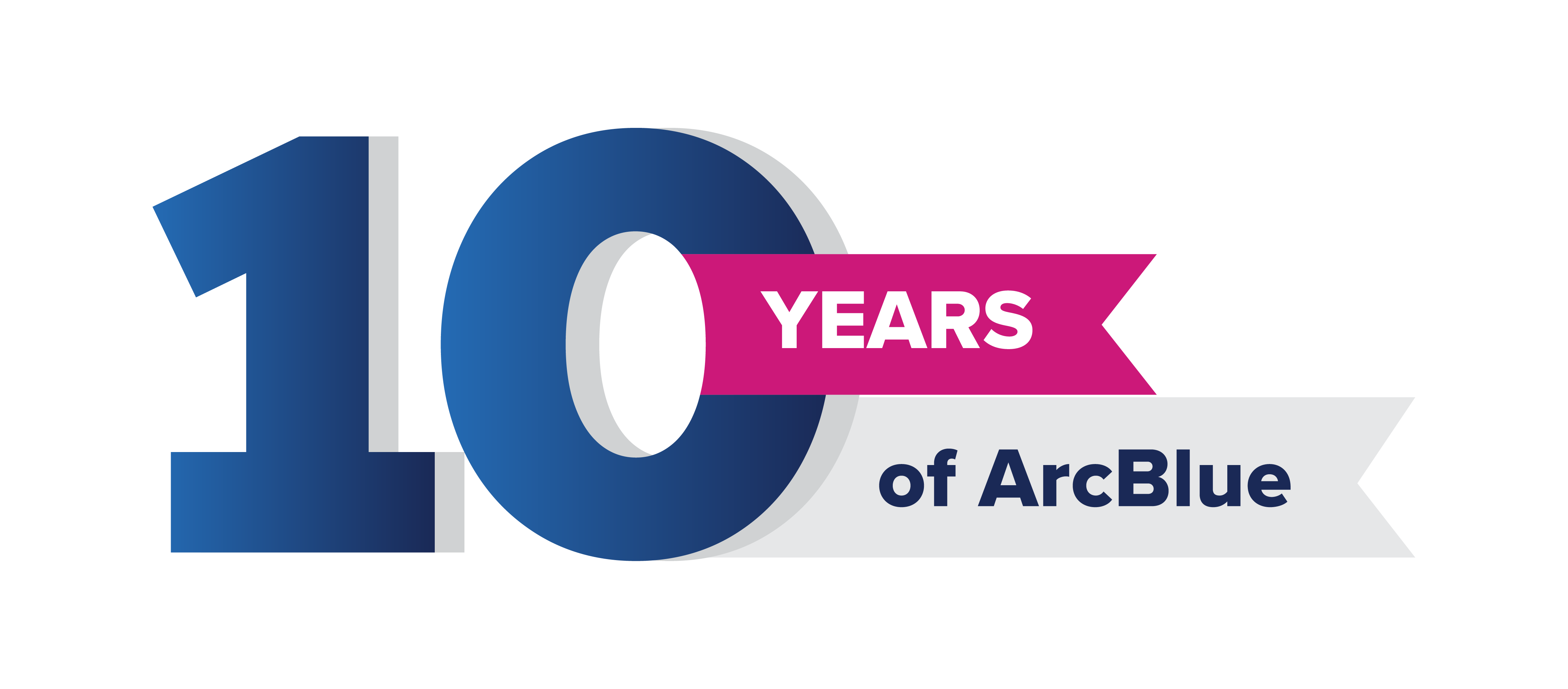
INSIGHTS
RESOURCES & DOWNLOADS





